Share

Hidden Histories
Women of the Tower of London with Lauren Johnson
•
Lauren Johnson talks us through the other side of the Tower of London's history, looking at women who worked, lived and were imprisoned in the tower, from Eleanor of Provence to Lady Jane Grey.
For ad free versions of our entire podcast archive and hundreds of hours of history documentaries, interviews and films, signup to History Hit TV. Use code 'pod4' at checkout to get a 30 day free trial and your first 4 months for £4/$4.
Producer: Natt Tapley
Audio: Peter Curry
More episodes
View all episodes
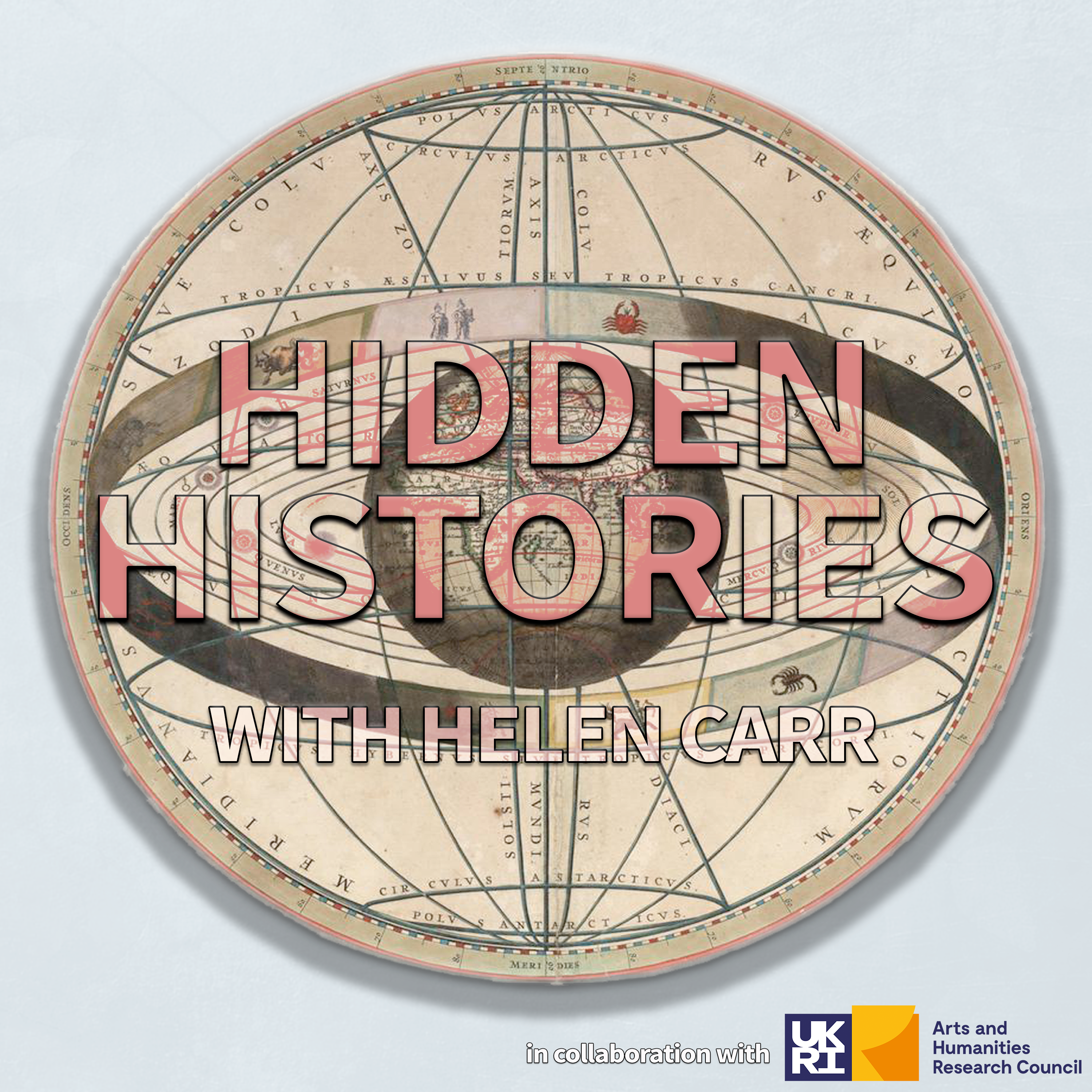
Sarah Goldsmith on the Grand Tour
26:39Sarah Goldsmith talks about the Grand Tour as a rite of passage for young men. These young men went abroad to learn things about art and architecture. She also discusses the way the Grand Tour intersected with military rites of passage and how some grand tourists ended up at the Battle of Waterloo. To follow Sarah Goldsmith: @S_Goldsmith_This was produced in partnership with the Arts and Humanities Research Council. Follow their work here: https://twitter.com/ahrcpressProducer: Peter Curry @petedoeshistory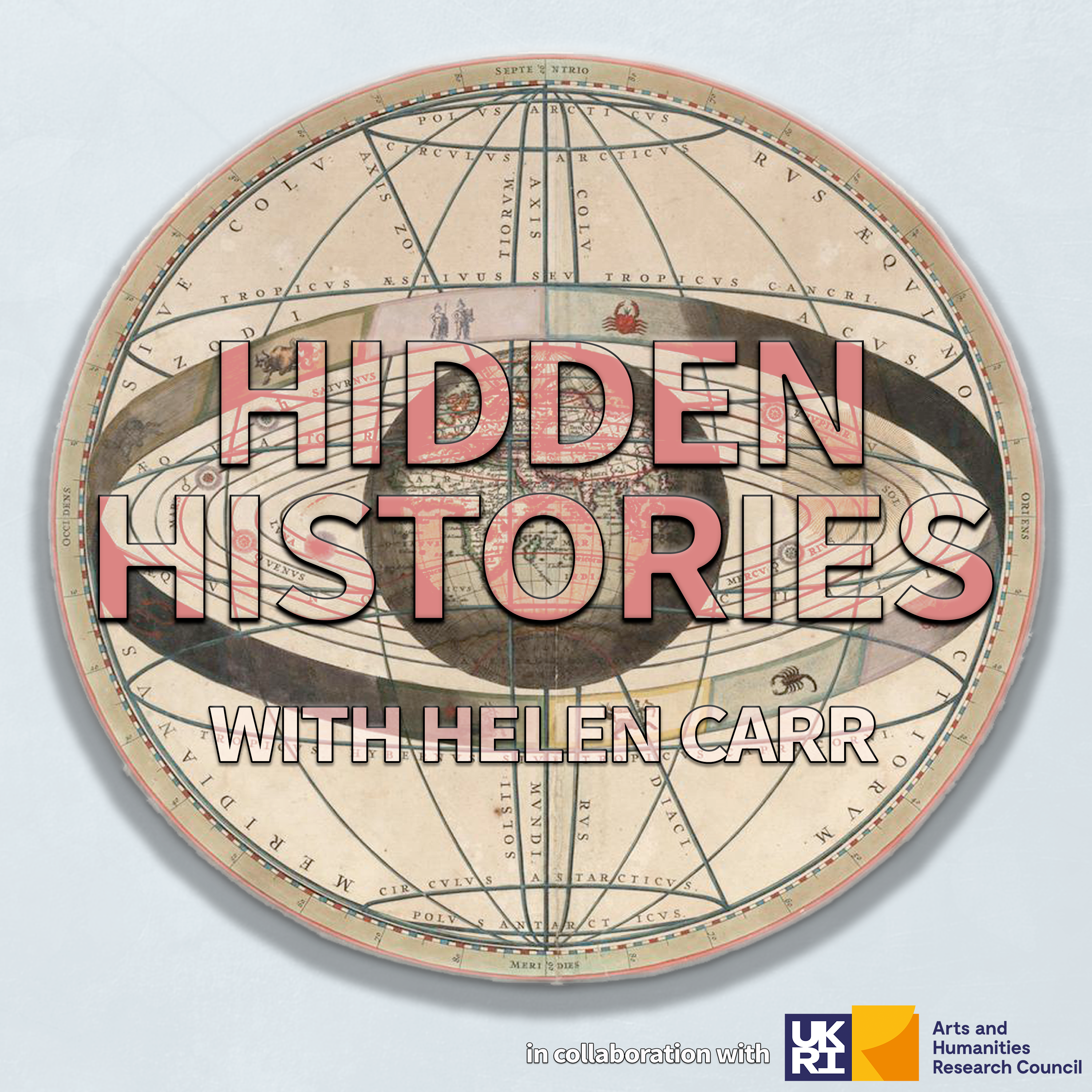
Joanne Paul on Anne Dowriche and the French Revolution
23:02Joanne Paul talks to Helen about Anne Dowriche. Dowriche was a 16th century writer, usually classified as a pious writer. Joanne casts her instead as a deeply political writer, and explains how her commentaries on the wars of religion were a rare example of political writing from a Tudor woman. To find out more about Joanne's work, follow her on Twitter: @Joanne_Paul_ Or check out her website: https://www.joannepaul.com/aboutThis was produced in partnership with the Arts and Humanities Research Council. Follow their work here: https://twitter.com/ahrcpressProducer: Peter Curry @petedoeshistory
Rachel Hewitt on the History of Women, the Outdoors and the Safety of the Streets
36:42Rachel Hewitt talks to Helen about women in sports and mountaineering, and how that plays into perceptions of women generally, as well as informing current gendered perceptions of who gets to use public spaces. Women are subject to a myriad network of social pressures, many of which are informed by previous perceptions of history. Sports play a large role in constructing such social pressures. As Pierre de Coubertin, the creator of the Olympic Games in their present form, once said: "Sports are not in women's nature."To follow Dr Rachel Hewitt, follow her on twitter @drrachelhewitt or go to her website: https://rachelhewitt.org/This was produced in partnership with the Arts and Humanities Research Council. Follow their work here: https://twitter.com/ahrcpressProducer: Peter Curry @petedoeshistory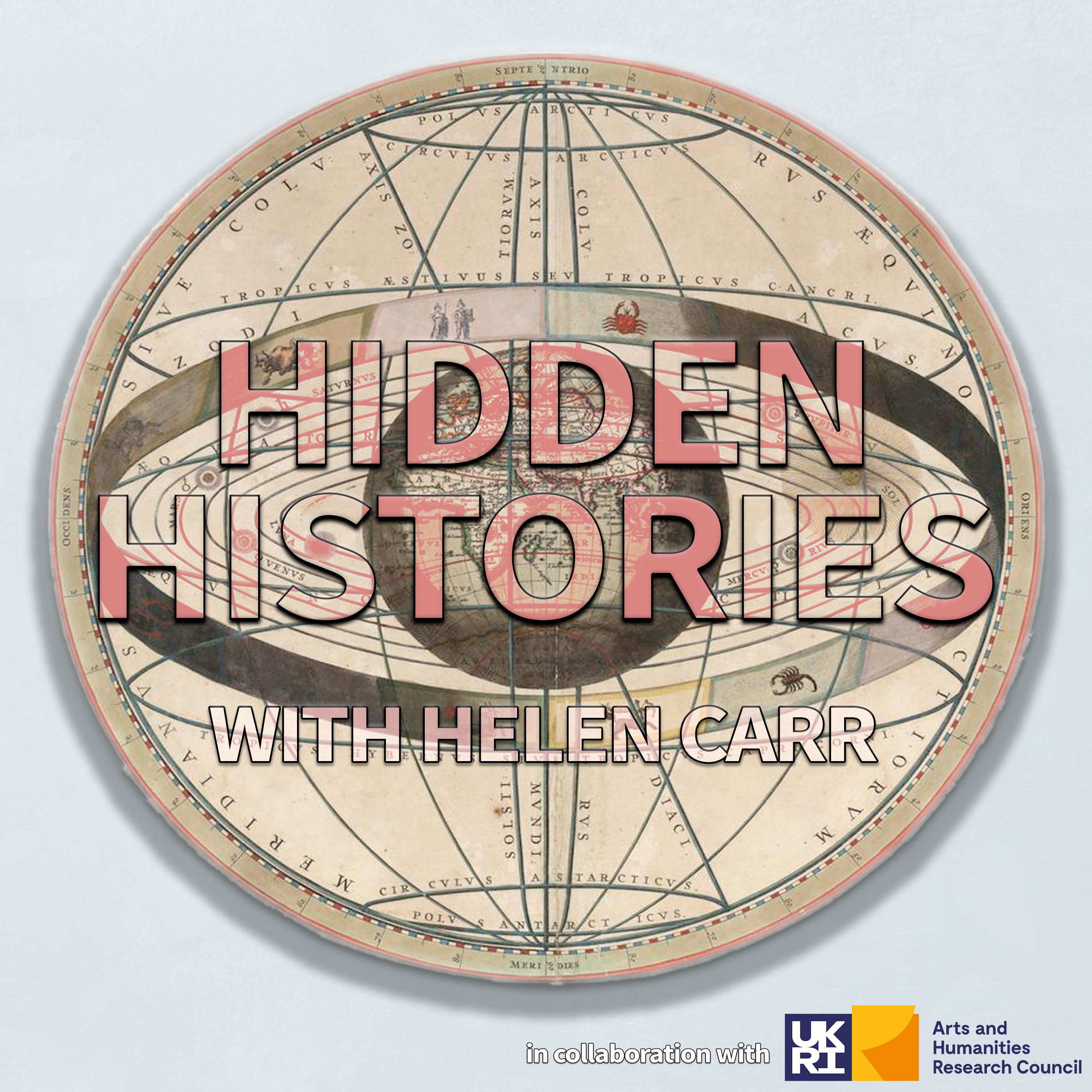
Emily Cock on Disability in the Early Modern Period
25:43Emily Cock talks to Helen about Thomas Fairfax, the Civil War general who used a wheelchair, as well as the history of disability more generally. What did it mean to have facial scars in the 17th century, and how did the Earl of Arlington use a scar on his nose to curry favour with Charles II?Thomas Fairfax's wheelchair: https://www.culture24.org.uk/history-and-heritage/military-history/pre-20th-century-conflict/art549698-thomas-fairfax-english-civil-war-wheelchairOne of Arise Evans' visions: https://www.exclassics.com/pamphlets/pamph019.htmLouis XIV in his wheelchair: https://www.gettyimages.co.uk/detail/news-photo/king-louis-xiv-of-france-in-his-wheelchair-in-front-of-the-news-photo/145501029National Portrait Gallery image of Henry Bennet, 1st Earl of Arlington: https://www.npg.org.uk/collections/search/portrait/mw00179/Henry-Bennet-1st-Earl-of-Arlington?LinkID=mp00134&role=sit&rNo=0To see what Emily is up to, follow her on twitter: @EmilyNCockThis was produced in partnership with the Arts and Humanities Research Council. Follow their work here: https://twitter.com/ahrcpressProducer: Peter Curry @petedoeshistory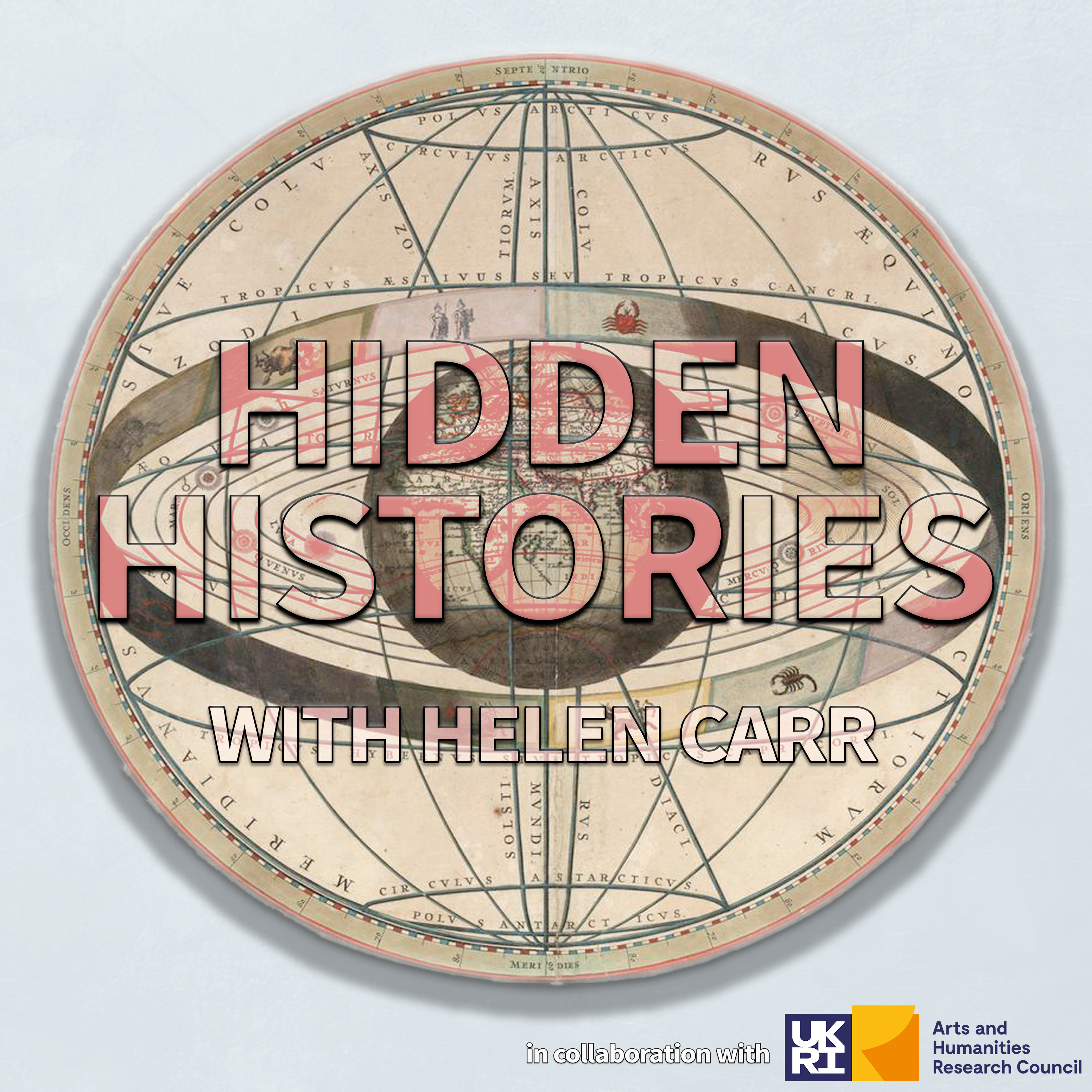
Louisa Egbunike on the Nigeria-Biafra War Through the Arts
23:20Louisa Egbunike discusses the history of the Nigeria-Biafra war, and particularly how Nigerians responded to the war through the visual and written arts. To follow more of Louisa's work, follow her on twitter at @LouisaEgbunike. Unfortunately, there were a few connection issues in the recording of this podcast, and the sound may be a little patchy at times. Many apologies if you have any issues!Below is a list of the visual artists and poets that Louisa discusses to help you in your own research:Obiora UdechukwuUche OkekeChristopher OkigboFlora NwapaBuchi EmechetaChinua AchebeChimamanda Ngozi AdichieThe traditional Igbo art form is called Uli, and the wikipedia can be found here: https://en.wikipedia.org/wiki/Uli_(design)This was produced in partnership with the Arts and Humanities Research Council. Follow their work here: https://twitter.com/ahrcpressProducer: Peter Curry @petedoeshistory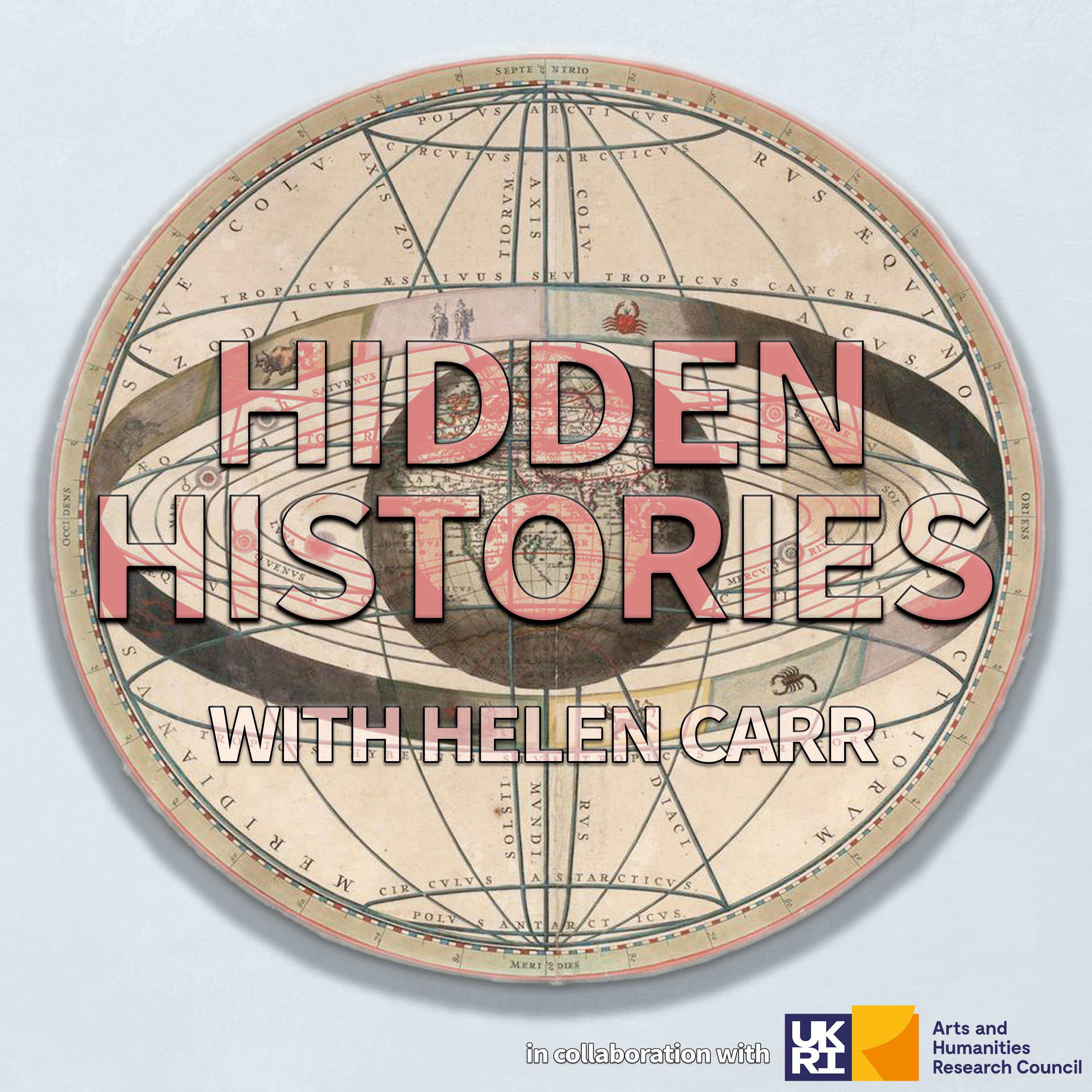
Sophie Oliver on Jean Rhys
22:02Sophie Oliver talks to Helen about Jean Rhys, the author of Wide Sargasso Sea, intended as a prequel to Jane Eyre. Sophie talks about how she practices history, and the role of objects in literary history.To follow Sophie's work: @sophieolive @LivUniEnglish @LivUniThis was produced in partnership with the Arts and Humanities Research Council. Follow their work here: https://twitter.com/ahrcpressProducer: Peter Curry @petedoeshistory
Jon Healey on the Tumultuous 17th Century
34:59Jon Healey discusses the 17th century in all its twists and folds and manifest complexity. He talks about the Royalists, the Parliamentarians, the Levellers, the Diggers, and the Quakers and what each group stood for and fought for, as well as the Glorious Revolution and tales of drunken cavaliers delivering sermons and placing their genitalia into wine cups.To follow Jon's work: @SocialHistoryOx @KelloggOxThis was produced in partnership with the Arts and Humanities Research Council. Follow their work here: https://twitter.com/ahrcpressProducer: Peter Curry @petedoeshistory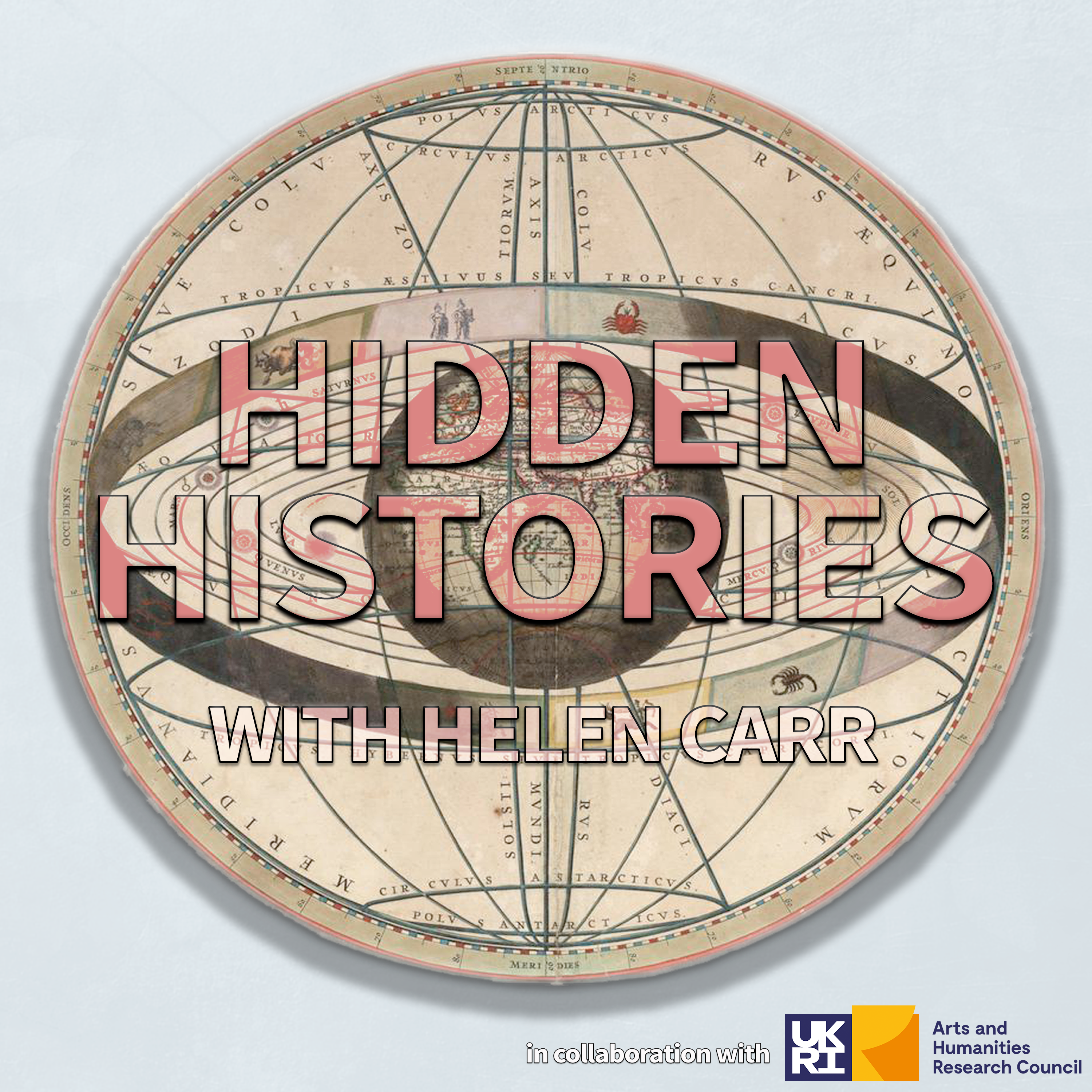
Nandini Das on the Early Age of Travel
31:23Nandini Das talks to Helen about the early age of travel in the Elizabethan era. This era saw the beginnings of travel, with the likes of Thomas Coryate creating 'travel wagers' - where he dared others to bet against him circumnavigating Europe. Nandini also reflects on immigration in the Elizabethan era, and she chronicles some of the similarities and differences around discussions of immigration in the Elizabethan era and in the modern era. The culmination of some of these troubles was perhaps a debate in the 1590s about the 'stranger problem' in Parliament, but immigration from abroad was an ever present issue in the Elizabethan age.To find out more about the Tide Project, go here: http://www.tideproject.uk/To follow Nandini's work, go here: @rentravailer @ERC_TIDE @ExeterCollegeOxThis was produced in partnership with the Arts and Humanities Research Council. Follow their work here: https://twitter.com/ahrcpressProducer: Peter Curry @petedoeshistory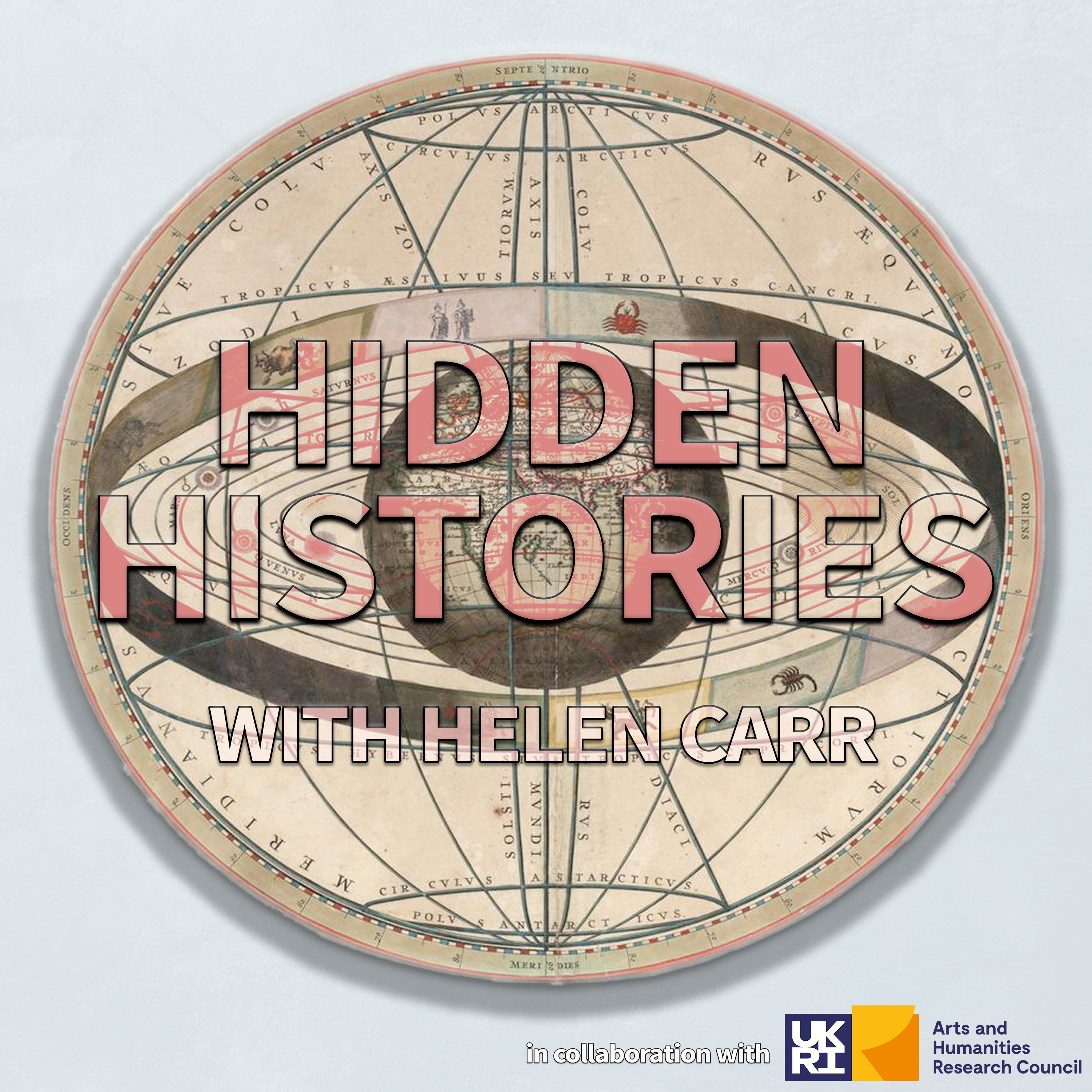
David Petts on the Holy Island of Lindisfarne
27:06David Petts talks about Lindisfarne, the Holy Island. He talks about how St Cuthbert ended up as patron saint of the island, and how the practice of early Christians there. Since Lindisfarne is a tidal island, the coming and going of the tides was often compared with the parting of the Red Sea, and the sea itself was seen as a channel to God. To follow David's work, go here: @DavidPetts1 For the DigVentures site, go here: https://digventures.com/lindisfarne/about/This was produced in partnership with the Arts and Humanities Research Council. Follow their work here: https://twitter.com/ahrcpressProducer: Peter Curry @petedoeshistory